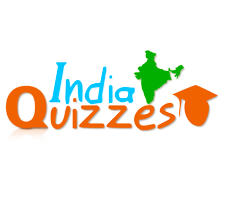1. The clock of a computer system is the:
A) software that shows the time on the taskbar.
B) timing device that processes all instructions input into the computer.
C) timing device that produces electrical pulses to synchronize the computer’s operations.
D) device that is the newest and most modern in a computer system.
2. Linux is a(n):
A) computer system.
B) piece of application software.
C) operating system.
D) type of CPU device.
3. A computer’s clock speed is measured in:
A) gigabytes.
B) bits.
C) megahertz.
D) gigahertz.
4. When two processors are employed in a computer, it is known as:
A) double processing.
B) clustering.
C) CPU duplicate processing.
D) parallel processing.
5. Units that work together in the CPU include all EXCEPT:
A) the ALU.
B) the prefetch unit.
C) the decode unit.
D) RAM.
6. RAM stands for:
A) Randomly Accessible Memory.
B) Readily Accessible Memory.
C) Random Access Memory.
D) Read Access and Memorize.
7. The memory that stores the computer’s date, time, and calendar is the:
A) RAM.
B) flash memory.
C) CMOS.
D) register.
8. The permanently etched program in ROM that automatically begins executing the computer’s instructions is the:
A) CMOS.
B) ROM.
C) BIOS.
D) RAM.
9. The groups of wires that transfer data are known as the:
A) CPU.
B) CMOS.
C) System clock.
D) System buses.
10. External devices such as printers, keyboards, and modems are known as:
A) add-on devices.
B) extra hardware devices.
C) PC expansion slot add-ons.
D) peripherals.
Answers:
1.(c), 2.(c), 3.(d), 4.(d), 5.(d), 6.(c), 7.(c), 8(c), 9.(d), 10.(d)


